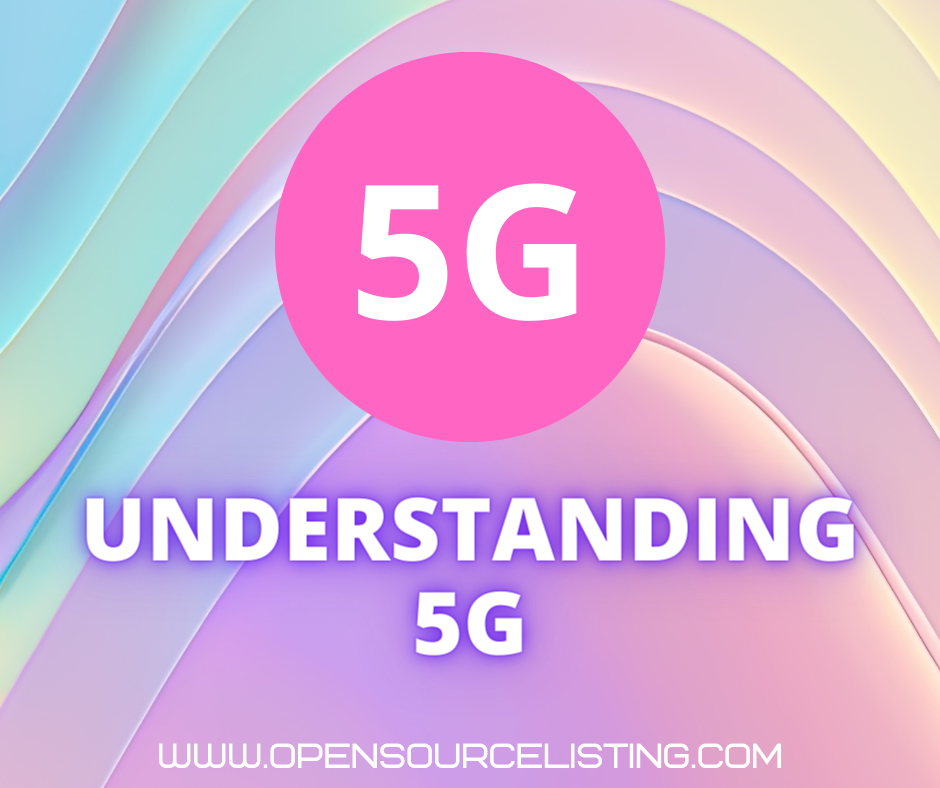Understanding 5G: Unraveling the Next Generation of Wireless Technology
In the realm of telecommunications, the advent of 5G has sparked a revolution, promising faster speeds, lower latency, and a myriad of new possibilities. Let’s delve into the intricacies of 5G technology, demystifying its key components and exploring the transformative impact it has on our connected world.
5G, or the fifth generation of wireless technology, represents a groundbreaking advancement in telecommunications. It is characterized by significantly faster speeds, lower latency, and increased capacity compared to its predecessor, 4G. Operating on various frequency bands, including low, mid, and high bands, 5G utilizes technologies like Massive MIMO and beamforming to enhance connectivity. Its applications span from delivering enhanced mobile broadband experiences to supporting ultra-reliable low latency communications critical for applications like autonomous vehicles and remote surgeries. While the global rollout is ongoing, 5G is poised to revolutionize how we connect and interact in the digital age, ushering in a new era of connectivity and possibilities.

What about other generations
1G (First Generation)
- Introduction of basic voice calls.
- Analog technology.
- Limited coverage and capacity.
2G (Second Generation)
- Transition to digital technology.
- Introduction of text messaging (SMS).
- Improved voice quality.
3G (Third Generation)
- Enabled mobile internet access.
- Higher data transmission rates.
- Introduction of multimedia applications.
4G (Fourth Generation)
- Significant boost in data speeds.
- Widespread adoption of mobile broadband.
- Facilitated video streaming and app usage.
5G (Fifth Generation)
- Dramatically faster speeds compared to 4G.
- Lower latency for real-time applications.
- Increased network capacity.
- Utilizes technologies like Massive MIMO and beamforming.
- Supports a wide range of applications, including enhanced mobile broadband and ultra-reliable low latency communications.
**1. *What is 5G?*
5G, short for the fifth generation, represents the latest iteration of wireless technology. It succeeds 4G, aiming to enhance connectivity and provide a more robust and efficient network for various devices, from smartphones to the Internet of Things (IoT) devices.
**2. *Key Features of 5G*
- Faster Speeds: One of the defining features of 5G is its significantly faster speeds compared to its predecessors. Users can experience download and upload speeds that are multiple times faster than what 4G offers.
- Low Latency: 5G aims to minimize latency, the delay between sending and receiving data. This is crucial for applications that require real-time interactions, such as online gaming, video calls, and autonomous vehicles.
- Increased Capacity: With a higher frequency spectrum, 5G can accommodate a larger number of devices simultaneously. This is especially important as the number of connected devices continues to grow.
**3. *Frequency Bands in 5G*
5G operates on three main frequency bands:
- Low-Band Spectrum: Provides broad coverage and better penetration through obstacles but offers speeds similar to 4G.
- Mid-Band Spectrum: Balances coverage and speed, making it suitable for urban areas. It offers a substantial speed increase compared to low-band spectrum.
- High-Band Spectrum (Millimeter Waves): Delivers ultra-fast speeds but has a shorter range and is susceptible to obstacles. This spectrum is ideal for densely populated areas.
**4. *Massive MIMO and Beamforming*
- Massive MIMO (Multiple Input, Multiple Output): This technology involves using a large number of antennas at the base station to communicate with multiple devices simultaneously. It enhances capacity and speeds.
- Beamforming: In 5G, signals are directed more precisely towards the user’s device, improving efficiency and reducing interference. This is especially beneficial in crowded areas.
**5. *Applications of 5G*
- Enhanced Mobile Broadband (eMBB): Improved speeds for mobile users, allowing for seamless streaming, high-quality video calls, and faster downloads.
- Ultra-Reliable Low Latency Communications (URLLC): Critical for applications that demand low latency, such as autonomous vehicles, remote surgery, and augmented reality.
- Massive Machine Type Communications (mMTC): Facilitates the connectivity of a vast number of IoT devices, enabling smart cities, smart homes, and industrial automation.
**6. *Challenges and Considerations*
- Infrastructure Requirements: Implementing 5G requires a significant investment in infrastructure, including the installation of new antennas and base stations.
- Security Concerns: As with any new technology, 5G introduces new security challenges that need to be addressed to ensure the safety and privacy of users.
- Spectrum Allocation: Proper allocation of spectrum is crucial to avoid interference and optimize the performance of 5G networks.
**7. *Global Rollout and Adoption*
Countries worldwide are in various stages of rolling out 5G networks. Some urban areas already enjoy the benefits of 5G, while others are in the early stages of deployment. The global adoption of 5G is expected to continue expanding in the coming years.
Conclusion
In summary, 5G represents a significant leap forward in wireless technology, bringing faster speeds, lower latency, and the potential for transformative applications across various industries. As the global rollout progresses, the impact of 5G on how we connect, communicate, and experience the digital world is set to be profound.
FAQs About 5G
- How fast is 5G compared to 4G?
- 5G can offer speeds several times faster than 4G, with the potential for download speeds reaching gigabit per second levels.
- What is latency, and why is it important in 5G?
- Latency is the delay between sending and receiving data. In 5G, low latency is crucial for applications that require real-time interactions, such as online gaming and autonomous vehicles.
- Is 5G available everywhere?
- The availability of 5G varies by region. Some areas already have widespread coverage, while others are in the early stages of deployment.
- What devices are compatible with 5G?
- Many modern smartphones and IoT devices are 5G compatible. However, older devices may not support 5G networks.
- Are there health concerns related to 5G technology?
- Extensive research has been conducted on the health effects of 5G, and current evidence suggests that it poses no greater risk than previous generations of wireless technology.














